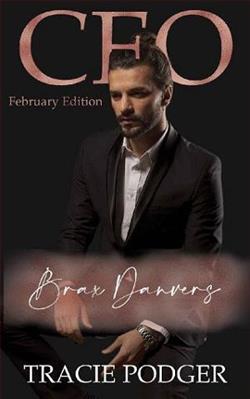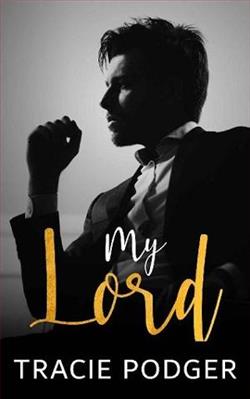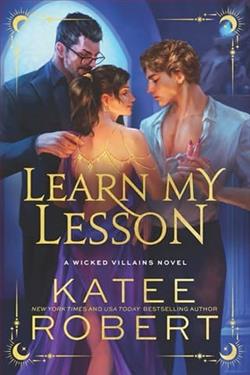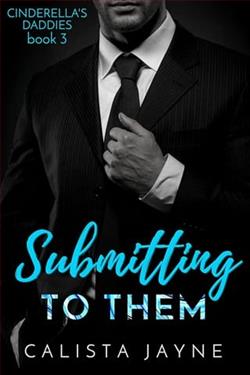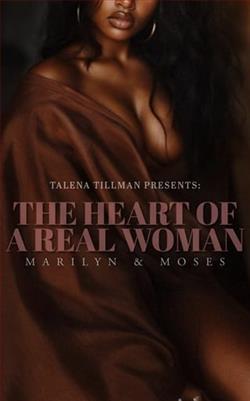Page 70 of Badlands
A groan, followed only by heavy, stertorous breathing.
Oh my God. Skip felt panic seize him again. What had they done to trigger this? Had they come across a group of killers dwelling in a remote canyon? Had they stumbled onto a crazed militia, or a group of paranoid back-to-the-land survivalists?
And then he heard another sound in the darkness. This one came from above.
He listened intently, holding his breath. There was a muffled scraping, and then a narrow rectangle of light appeared overhead, growing wider as some sort of covering was slid back. It sent down a shaft of light that, quite suddenly, made clear to Skip where he was: at the bottom of an ancient kiva, a circular underground chamber that was the center of religious ceremonies for Pueblo Indians. A square hole in the roof had opened up, and now a crude wooden ladder was descending. A face appeared in the square of light, backlit and featureless.
Turning, Skip saw that the body next to him was indeed Edison. He felt horrified: the man was savagely beaten, face purple and swollen, blood caked around his nose and mouth. His feet were bound together by the end of a thick cord, and another dozen feet of what looked like steel cable was loosely coiled nearby. His shirt was torn and his eyes were but half-open, unseeing slits. Good God, he looked as if he was dying.
“What’s going on?” Skip cried, unable to keep himself from shouting. “Why are youdoingthis?”
The dark silhouette in the square of light did not move, simply looking down on him.
“My friend needs medical attention!”
No reaction. And then there was another scraping sound, the square of light became a quickly diminishing rectangle—and then silence once again reigned in the cool dark. His head began to whirl, and he laid it down and sank back into unconsciousness.
40
AFTER SOFTLY KNOCKINGand receiving no answer, Corrie entered the hospital room. The black-haired woman was sitting up in her bed, staring at the blank screen of a TV set attached to the wall. She did not look over as Corrie took a seat next to the bed. Without the IVs, Corrie thought, one would hardly know the woman had been gravely ill with dehydration only sixteen hours before. Her hair had been washed and combed, and aside from a horrible sunburn and swollen lips, she looked remarkably improved.
The doctors had made Corrie wait before they would allow the patient to be questioned, which was fine with her. She’d spent the time identifying the woman. It had not been difficult. Starting with the assumption that the woman was another of Oskarbi’s original students, Corrie got the list and photos Agent O’Hara had assembled and immediately recognized her. Her name, in fact, had already come up in the investigation—Elodie Bastien. What amazed Corrie, as she paged through the file O’Hara had prepared, was that Bastien was a successful and respected archaeologist with her own private firm, doing contract archaeology for the New Mexico Department of Transportation,surveying and identifying archaeological sites prior to road building or construction. Her parents lived in Santa Fe, and her life—at least from what Corrie could see in the file—was normal. Single, forty-one years of age, place of residence Santa Fe, registered to vote, taxes paid, no criminal record or even unpaid speeding tickets—mundane in the extreme. And yet here she was, having just attempted to commit ritual suicide in the most utterly bizarre and insane fashion imaginable. She didn’t seem to be close to her family. And she had no boyfriend or romantic involvements—at least, none that O’Hara had identified.
Bastien had not been reported missing—perhaps because she’d not yet been gone long enough. In hoping to encourage the woman to talk, Corrie had faced a difficult decision: Should she notify her family now, or wait? She was desperate to get the woman’s explanation of what she was doing and why, and wondered whether bringing her family into the picture would help… or hinder. The woman had declined the use of a phone and would speak to nobody. After discussing the matter with Sharp, Corrie had decided to hold off telling the family while she tried to get the woman talking on her own. If that didn’t work, then they could bring in the family.
“Elodie?” Corrie said gently.
At the sound of her own name, the woman finally reacted: she turned her head around and looked at Corrie for the first time. And then, just as quickly, she looked away, her face once again a mask of nothing.
“My name is Corinne Swanson, and I’m an agent with the FBI here in Albuquerque. I want to assure you that you’re not in trouble, you haven’t broken any laws that we know of, and your cooperation with me is voluntary. Do you understand?”
Bastien said nothing.
“I’d like to ask you a few questions.”
When the woman still didn’t respond, Corrie went on. “We’re working on a case involving the deaths of two women: Miranda Driver and Molly Vine. I believe you knew both of them. They were colleagues of yours when you were a graduate student in the Anthropology Department at UNM. Professor Carlos Oskarbi was your thesis advisor.”
No reaction.
“Both women died by walking out in the desert, in the blazing heat, with no water, dressed improperly. Just as you seemed intent on doing.”
It was as if Bastien were frozen, rigid, like a statue.
“I’d simply like to know why you—and they—acted in this way.”
A pause. It was as if the woman didn’t hear her at all.
“Elodie, please. It’s important for us to know why those women died.”
She waited.
“I’d like you to consider their families, desperate for closure. Desperate to know what happened to their daughters and why. I was speaking with Horace Driver, Miranda’s father, the other day. He’s almost at the point of a breakdown over his daughter’s death. You can help by telling us what you know.”
Nothing.
“If not for the families of Molly and Miranda, think of your own family.”
She just wasn’t getting through. Corrie suppressed the impulse to stand up and shake the woman in an effort to snap her out of this silence. There had to be some way to get through to her.









